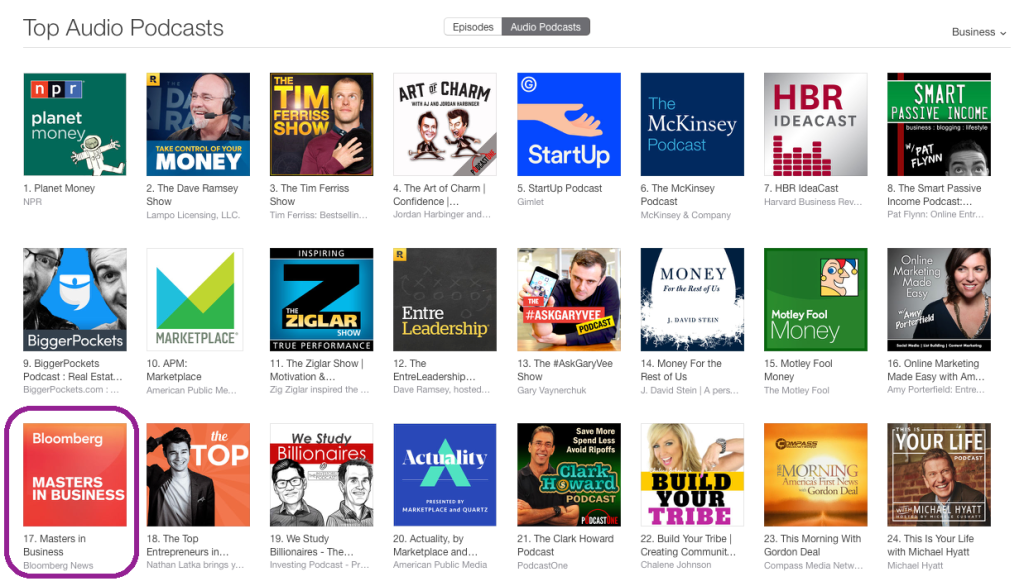Knowledge is power, there is no doubt about that. It enables us to take raw data, turn it into relevant information, and importantly, make key decisions. There are many who prefer making gut-based decisions, but me personally, I always like making decisions based on data. Data-driven decisions can be mistakes too, but you know that you made the best decision possible with the information you have. It puts the “educated” in “educated guess” and so on.
Kissmetrics, the popular content marketing blog, calls content marketing both an art and a science. I fully subscribe to that theory. Below is a piece of an infographic they put out that summarizes this balance quite nicely.
![]()
Simply put, many content marketers focus more on the content and less on the marketing. To be effective, it takes an understanding of both sides of the coin.
On Jeff Bullas’s blog, writer Aaron Agius, highlights some key metrics to bridge that knowledge gap, as follows:
- Time on site
- Unique visitors
- Returning visitors
- Total leads
- Bounce rate
- Volume of organic leads
- Natural inbound links
- Cost effectiveness
- Lead-close rate
- Call-to-action click-through rate
- Total social shares
- Keyword rankings
- Landing page views
- External referral sources to landing page
- Internal referral sources to landing page
- Leads by keyword
- Reader comments
More details on the blog post. They are very useful and realistic and I myself have used each one in some way or form to make real-life business decisions, not just for blogging but for anything from email marketing to A/B testing and landing page optimization.
Knowing these metrics cold will be very, very useful, in most areas of digital marketing.
If you have any metrics or best practices to share, please comment below. Good luck!
Signing off,
Navin
Article: http://www.jeffbullas.com/2015/02/20/17-key-content-marketing-metrics-to-start-tracking-today/


